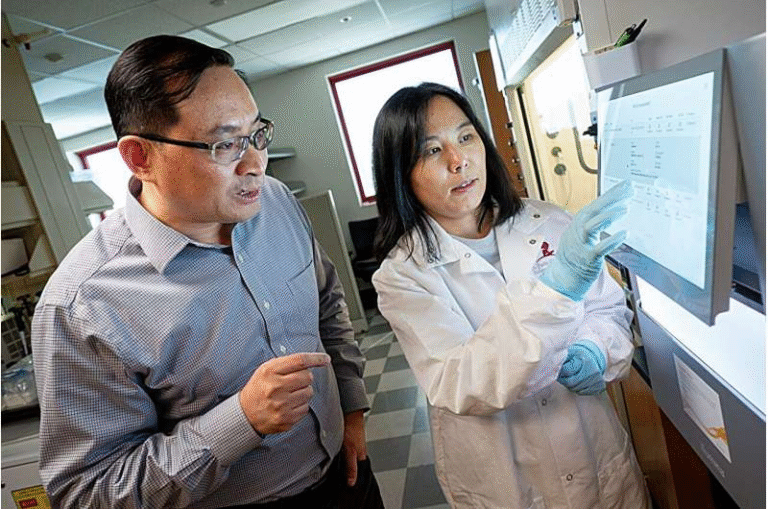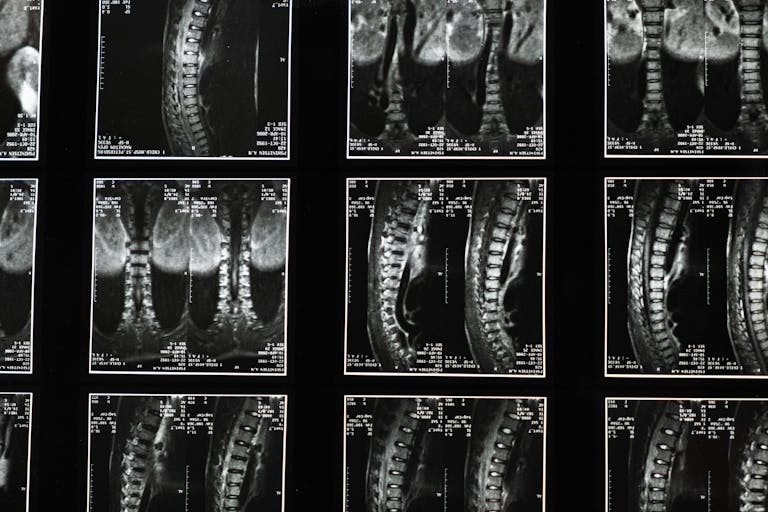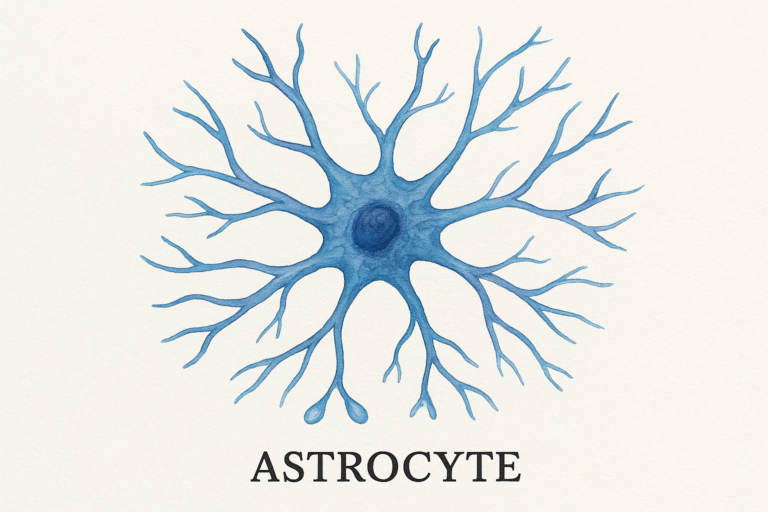New Breakthrough Shows How Doctors Can Stop Breast Cancer From Coming Back

Researchers at the University of Pennsylvania’s Abramson Cancer Center and Perelman School of Medicine have made a major breakthrough in breast cancer treatment. For the first time, they’ve shown that dormant cancer cells—the hidden culprits behind cancer’s return years after treatment—can be identified and eliminated with existing FDA-approved drugs. The findings, published in Nature Medicine on September 2, 2025, mark a major step forward in stopping recurrence, which remains one of the biggest fears for survivors.
Why Recurrence Is Such a Challenge
Even though breast cancer survival rates keep improving with better screening and treatments, the disease remains incurable if it returns. About 30% of breast cancer survivors face a relapse after finishing their initial treatment. Some forms, such as triple-negative and HER2-positive cancers, often come back within a few years. Others, especially ER-positive cancers, can reappear decades later.
Until now, doctors had no reliable way to identify which patients carried dormant cancer cells or how to intervene before those cells caused metastatic disease. These so-called “sleeper” cells, also known as minimal residual disease (MRD), lie undetected because they are inactive and scattered throughout the body. They don’t show up on regular scans but can suddenly reactivate, leading to the spread of aggressive cancer.
The CLEVER Clinical Trial
To tackle this issue, researchers launched the CLEVER trial, a federally funded randomized Phase II study. The trial enrolled 51 breast cancer survivors who had finished treatment within the past five years and whose imaging scans were clear. Each participant underwent testing of their bone marrow to check for dormant tumor cells.
Patients who tested positive for MRD were randomized into three groups:
- Hydroxychloroquine (HCQ) alone
- Everolimus (EVE) alone
- A combination of HCQ and EVE
Both drugs are already FDA-approved for other conditions but were repurposed here to target dormant cells.
Results: Dormant Cells Cleared and Survival Boosted
The trial showed promising results:
- Dormant tumor cells were cleared in around 80% of participants.
- After a median follow-up of 42 months (3.5 years):
- Patients on HCQ had a recurrence-free survival rate of 91.7%.
- Patients on EVE had a recurrence-free survival rate of 92.9%.
- Patients on the combination therapy had a recurrence-free survival rate of 100%.
- Only two participants experienced recurrence across the entire group.
The treatments were generally well tolerated. There was only one case where a participant discontinued early because of a Grade 3 toxicity.
The Science Behind the Approach
This trial built on earlier work in mice, where researchers discovered that dormant cancer cells survive by relying on specific pathways—autophagy and mTOR signaling. Drugs targeting those pathways, such as HCQ (which disrupts autophagy) and EVE (which inhibits mTOR), proved effective in animal studies.
Interestingly, these drugs are not particularly useful against actively growing cancers, but they worked well against dormant cells. This highlights that the biology of hidden sleeper cells is different from the cancer cells seen in active tumors.
Moving Beyond “Wait and See”
The study offers a potential shift in how survivors are monitored after treatment. Currently, the standard approach is essentially “watch and wait”—doctors rely on scans and symptoms to catch recurrence once it’s already happening. The CLEVER trial suggests that by testing bone marrow for MRD and targeting it proactively, doctors may prevent relapse before it starts.
What’s Next? Larger Trials Already Underway
The research team isn’t stopping with CLEVER. They are already enrolling patients in two larger ongoing studies:
- The ABBY trial (Phase II)
- The PALAVY trial (Phase II)
Both are designed to confirm and expand these results across more patients and cancer centers nationwide. The hope is that these trials will solidify a new standard of care where dormant cancer cells are identified and destroyed before they can reemerge.
Why This Matters for Survivors
For breast cancer survivors, one of the hardest parts of recovery is the uncertainty—not knowing if or when the cancer might come back. This study shows that eliminating hidden sleeper cells with available drugs is not only possible but also effective, giving patients better peace of mind and potentially longer cancer-free lives.
Funding and Publication
The research was supported by the National Cancer Institute (R01CA208273), the Department of Defense (BC160784), the V Foundation, the Breast Cancer Research Foundation, QVC “Shoes on Sale”, the Avon Foundation, the Raynier Institute & Foundation, and several other philanthropic donations.
The full study is available in Nature Medicine: Targeting dormant tumor cells to prevent recurrent breast cancer: a randomized phase 2 trial.
TL;DR
A new Phase II clinical trial at the University of Pennsylvania shows that existing drugs hydroxychloroquine and everolimus can eliminate dormant breast cancer cells in survivors. The trial achieved up to 100% recurrence-free survival over 3.5 years, paving the way for larger ongoing studies.





